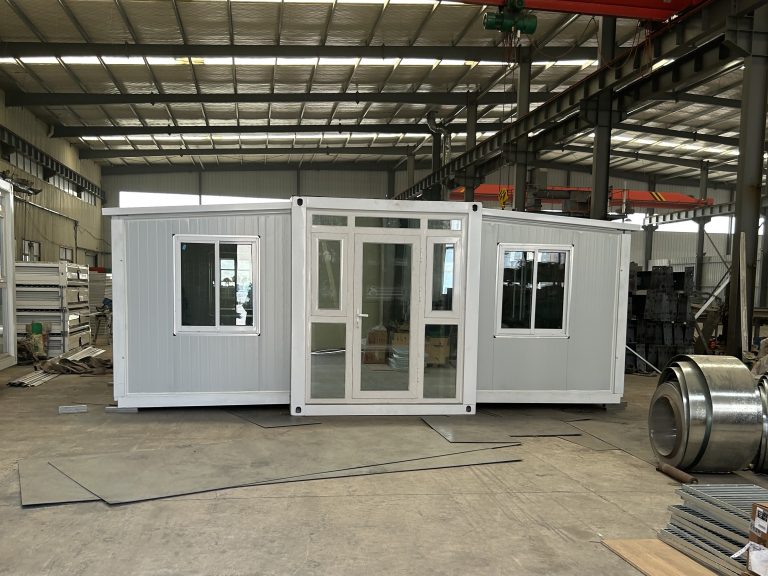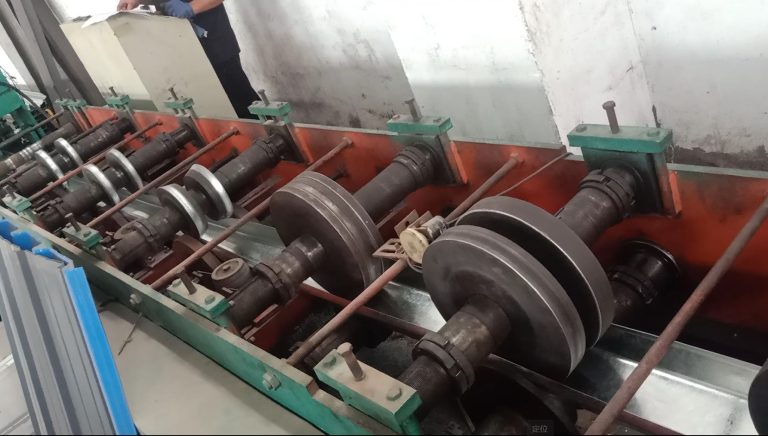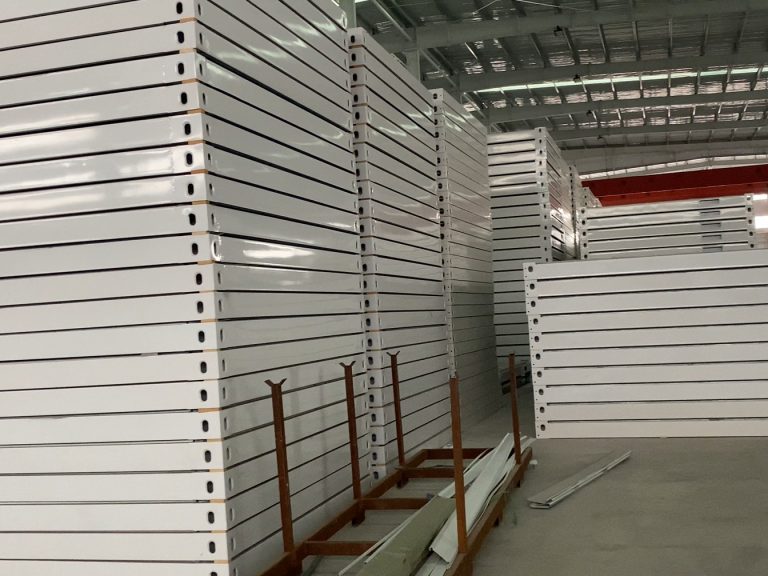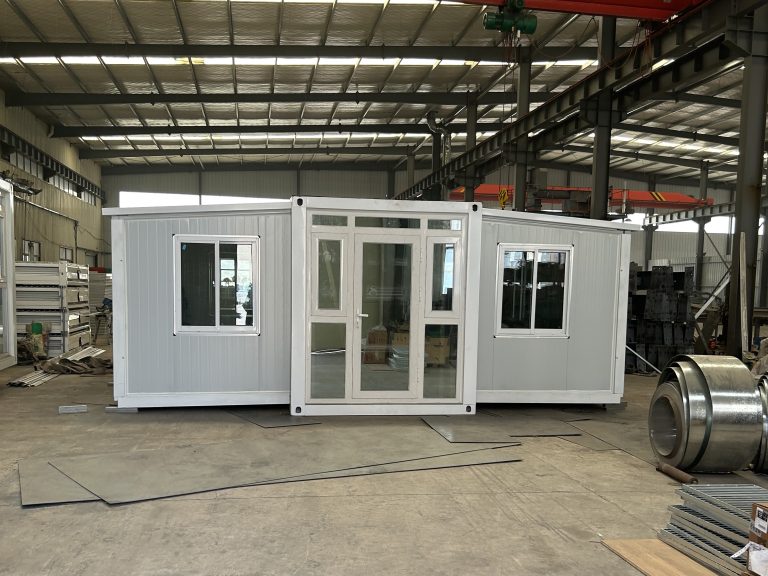Table of Contents
Benefits of Using Prefabricated Components in Construction Process
Steel structures have become increasingly popular in the construction industry due to their durability, strength, and versatility. One of the key advantages of using steel structures is the ability to prefabricate components off-site, which can significantly streamline the construction process and reduce overall project timelines. In this article, we will explore the benefits of using prefabricated components in the construction of steel structures and discuss some of the technical key points to consider during the construction process.
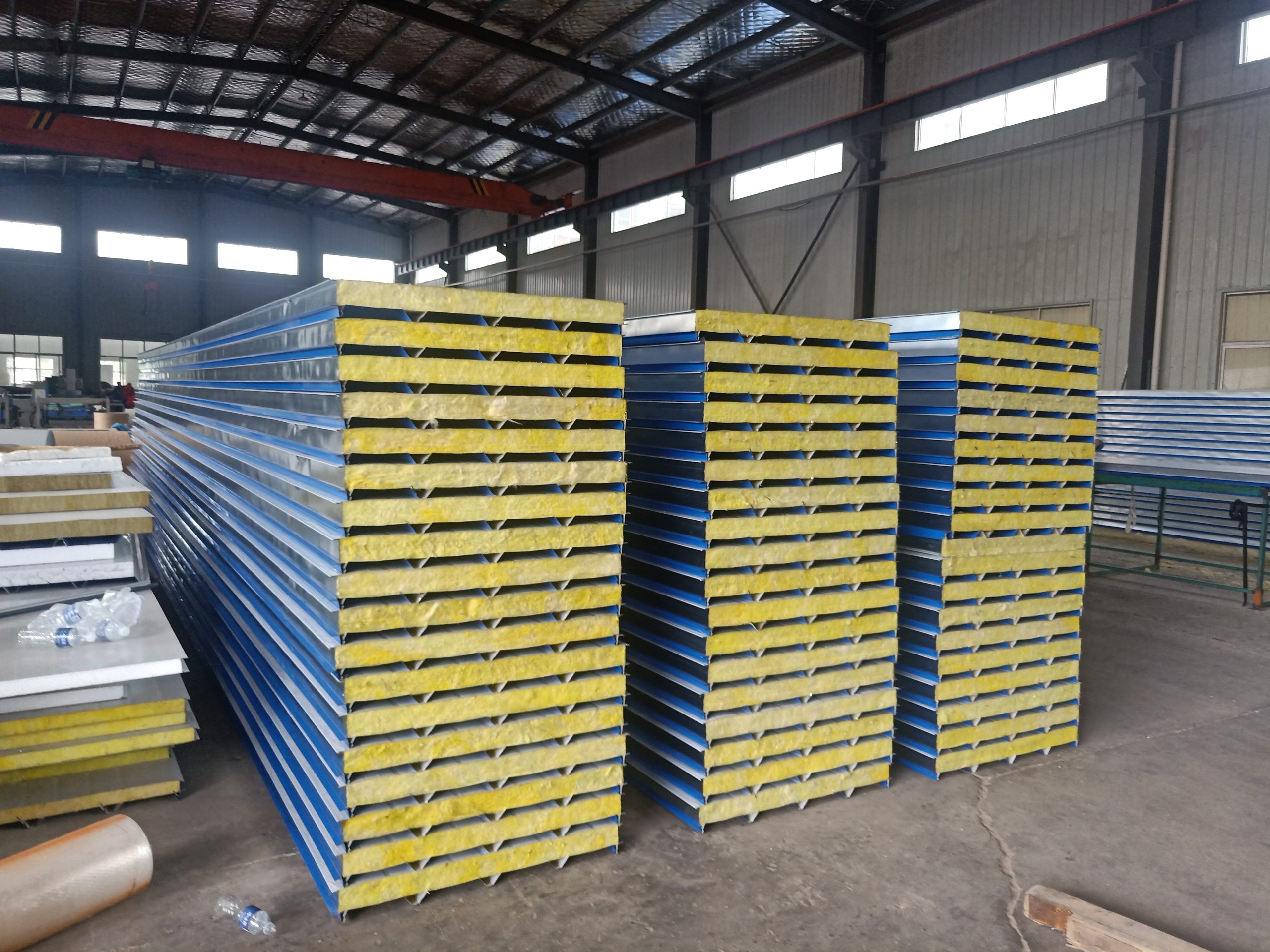
Prefabricated components offer several advantages over traditional construction methods. One of the main benefits is the ability to manufacture components in a controlled environment, which can help ensure higher quality and consistency in the finished product. This can be particularly important in steel structures, where precision and accuracy are crucial for structural integrity. By prefabricating components off-site, construction teams can also reduce on-site labor requirements and minimize disruptions to surrounding areas, making the construction process more efficient and cost-effective.
Another key advantage of using prefabricated components in steel structures is the ability to accelerate project timelines. Since components can be manufactured in parallel with site preparation and foundation work, construction teams can significantly reduce overall project timelines and deliver projects faster. This can be particularly beneficial in fast-track construction projects or in situations where time is of the essence. By prefabricating components off-site, construction teams can also reduce the risk of delays due to weather conditions or other external factors, helping to ensure that projects are completed on time and within budget.
In addition to streamlining the construction process and reducing project timelines, prefabricated components can also offer environmental benefits. By manufacturing components in a controlled environment, construction teams can minimize waste and optimize material usage, helping to reduce the overall environmental impact of construction projects. Prefabricated components can also be designed for easy disassembly and reuse, making them a more sustainable option for construction projects.
When it comes to the technical key points of constructing steel structures, there are several factors to consider. One of the most important considerations is the design and engineering of the structure. Steel structures must be designed to withstand the loads and forces they will be subjected to, including wind, snow, and seismic forces. It is essential to work with experienced structural engineers and designers to ensure that the steel structure meets all necessary building codes and standards.
Another key technical point to consider is the fabrication and erection of steel components. Steel components must be fabricated with precision and accuracy to ensure proper fit and alignment during construction. It is essential to work with reputable fabricators and erectors who have experience working with steel structures and can deliver high-quality components that meet project specifications.
Finally, it is crucial to consider the connections and detailing of steel components. Connections are critical in steel structures, as they transfer loads between components and ensure the overall stability of the structure. Proper detailing and design of connections are essential to ensure the structural integrity of the steel structure and prevent issues such as buckling or failure.
In conclusion, the use of prefabricated components in the construction of steel structures offers numerous benefits, including increased efficiency, accelerated project timelines, and environmental sustainability. By considering the technical key points of steel structure construction, including design, fabrication, erection, and connections, construction teams can ensure the successful completion of steel structure projects. Prefabricated components have revolutionized the construction industry, offering a more efficient and sustainable approach to building steel structures.
Importance of Welding Techniques in Steel Structure Fabrication
Steel structures are a popular choice in construction due to their durability, strength, and versatility. When it comes to fabricating steel structures, welding techniques play a crucial role in ensuring the integrity and quality of the final product. In this article, we will explore the importance of welding techniques in steel structure fabrication and discuss some key points to consider during the construction process.
Welding is the process of joining two or more pieces of metal together using heat and pressure. In steel structure fabrication, welding is used to connect beams, columns, and other structural elements to create a strong and stable framework. The quality of the welds is essential to the overall strength and safety of the structure, making it a critical aspect of the construction process.
One of the key factors to consider when welding steel structures is the type of welding technique used. There are several different welding techniques that can be used in steel structure fabrication, including arc welding, MIG welding, TIG welding, and flux-cored arc welding. Each technique has its own advantages and limitations, so it is important to choose the right technique for the specific requirements of the project.
Arc welding is one of the most common welding techniques used in steel structure fabrication. It involves creating an electric arc between the welding electrode and the workpiece, which melts the metal and forms a strong bond when it cools. Arc welding is versatile and can be used on a wide range of steel thicknesses, making it suitable for a variety of construction projects.
MIG welding, or metal inert gas welding, is another popular technique for welding steel structures. This process uses a wire electrode that is fed through a welding gun and melted to create a weld pool. MIG welding is fast and efficient, making it ideal for high-volume production and large-scale projects. However, it requires a steady hand and precise control to ensure quality welds.
TIG welding, or tungsten inert gas welding, is a more precise and controlled welding technique that is often used for high-quality welds on thin or delicate materials. TIG welding produces clean and precise welds with minimal spatter, making it ideal for projects that require a high level of detail and accuracy.
Flux-cored arc welding is a versatile welding technique that can be used in a variety of applications, including steel structure fabrication. This process uses a tubular wire electrode filled with flux to protect the weld pool from contamination and produce strong, clean welds. Flux-cored arc welding is ideal for outdoor or windy conditions where shielding gas may be difficult to control.
In conclusion, welding techniques play a crucial role in steel structure fabrication by ensuring the strength, integrity, and quality of the final product. Choosing the right welding technique for the specific requirements of the project is essential to achieving a successful outcome. By understanding the different welding techniques available and their advantages and limitations, construction professionals can make informed decisions that will result in a safe and durable steel structure.

